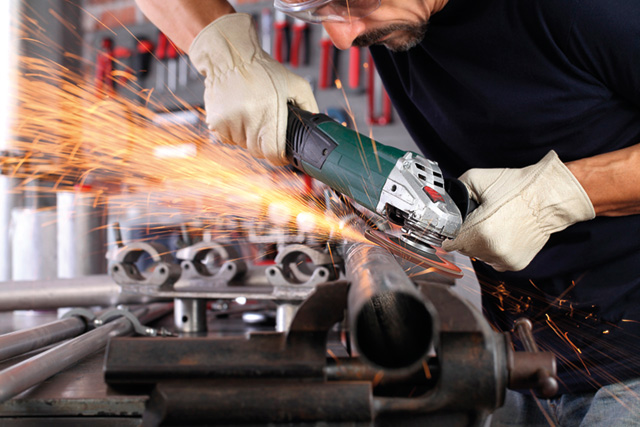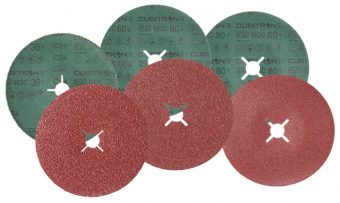
Adam Ward, Category Manager for PPE and Hygiene at Brammer, Buck & Hickman, explains how employers can manage the risk of Hand-Arm Vibration Syndrome.
When it comes to maintenance and repair work, the use of hand-held abrasive tools can expose the operator
to vibration which can increase the risk of Hand-Arm Vibration Syndrome (HAVS). This can result in long-term injury and absenteeism. How can employers manage the impact of vibration as much as possible without compromising on productivity?
Control the level of vibration
Firstly, consider is the tool or process well maintained and working correctly? How long and how often is the equipment used? Both questions are important as they can have an impact on how well the equipment performs and how much pressure and time is spent performing a job.
You will also need to consider how the equipment is being operated, and if your employee is using different tools each process must be added to give a cumulative picture of an entire working day.
Where possible, seek to remove or reduce the use of vibrating tools or work processes; for example, use alternative non-vibrating methods such as jigs and clamps to avoid or minimise the need to hold vibrating tools, and automate tasks where possible. Rotating staff can also limit the amount of time each worker spends exposed to vibration.
Tool selection is another factor. Reducing the weight of a tool and the distance it must be carried can reduce risks, but an underpowered tool may encourage operators to use greater pressure or force them to hold the tool for longer.
Selecting the right abrasive is an essential part of reducing tool vibration. For a lot of people, abrasive discs and wheels all look the same, but don’t let looks fool you! The development of abrasives has exploded during the last decade and manufacturers now offer abrasives of various types and grit sizes in different types of substrates for different applications.

What tool features should you look for?
Ensure that products are clearly labelled with maximum operating speeds, shelf life and compliance with relevant manufacturing standards. Purchasing low cost abrasive products might seem like a good idea, but when you consider the risks of exposure and subsequent staff absenteeism, not to mention the cost to regularly replace products, it is going to cost a lot more in the long run.
Secondly, it is important to look for abrasives that cut faster and require less operator pressure. The use of high-performance abrasives can reduce overall vibration by allowing tasks to be completed faster, with less operator trigger time. This can also help to reduce operator fatigue which can play a significant part in overall productivity.
When it comes to abrasive products, coated abrasive belts can produce less vibration than bonded wheels on fixed machinery whereas bonded wheels can be replaced by fast cutting and long life fibre discs on hand-held angle grinders.
It is also important to consider the grain used in the abrasive product. Conventional ceramic abrasive grain is irregular and blocky in shape which can occasionally present issues. Instead of a clean, machining action, the grain tends to “plow” through the metal, causing heat to build up which can result in a slower cut, shorter belt life and undesirable effects.
An abrasive that stays sharp is key. To address this issue, the 3M™ Cubitron II range of abrasives, available from Brammer Buck & Hickman, features a precision-shaped ceramic grain technology. As the triangular-shaped grain wears, it continually fractures to form sharp points and edges that slice through metal, wear evenly, and provide long life and consistency at any grinding pressure.
Conclusion
HAVS can have serious consequences for both the operator and the employer so there needs to be a fine balance between safeguarding the workforce and maintaining productivity. Looking at ways to reduce or substitute tasks involving high levels of vibration is important, with the most effective being to consider what tools and abrasive products are being used.
For more information on the regulations visit: www.hse.gov.uk/vibration/hav/regulations.htm
uk.rubix.com | engineering@bbh-rubix.com | t: 0870 240 2100

